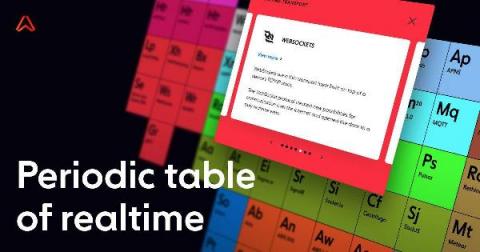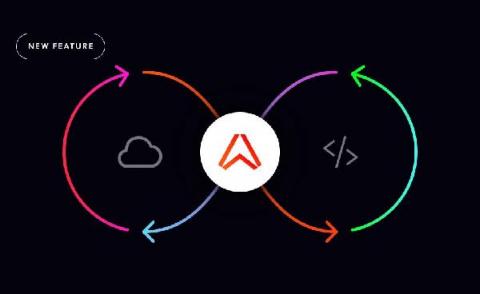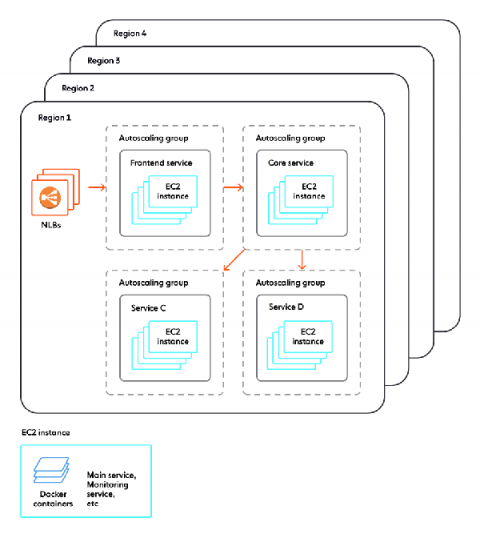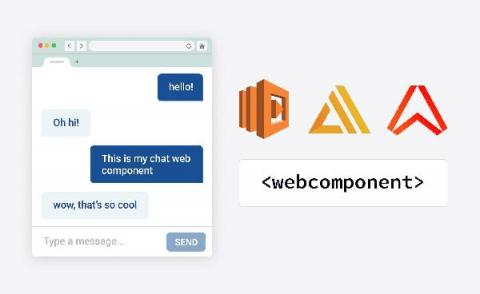From message history to State Persistence: a user-driven Ably feature evolution
The global increase of realtime data is spurred on by the steady rise of user demand for realtime digital experiences - from virtual events, news, and financial information to IoT devices. The Ably platform has been providing realtime infrastructure for over 5 years now , and we’ve seen, and helped, the demand increase first-hand. A few years ago, our customers only had realtime requirements for one or two specific features, usually around firing updates and notifications.











